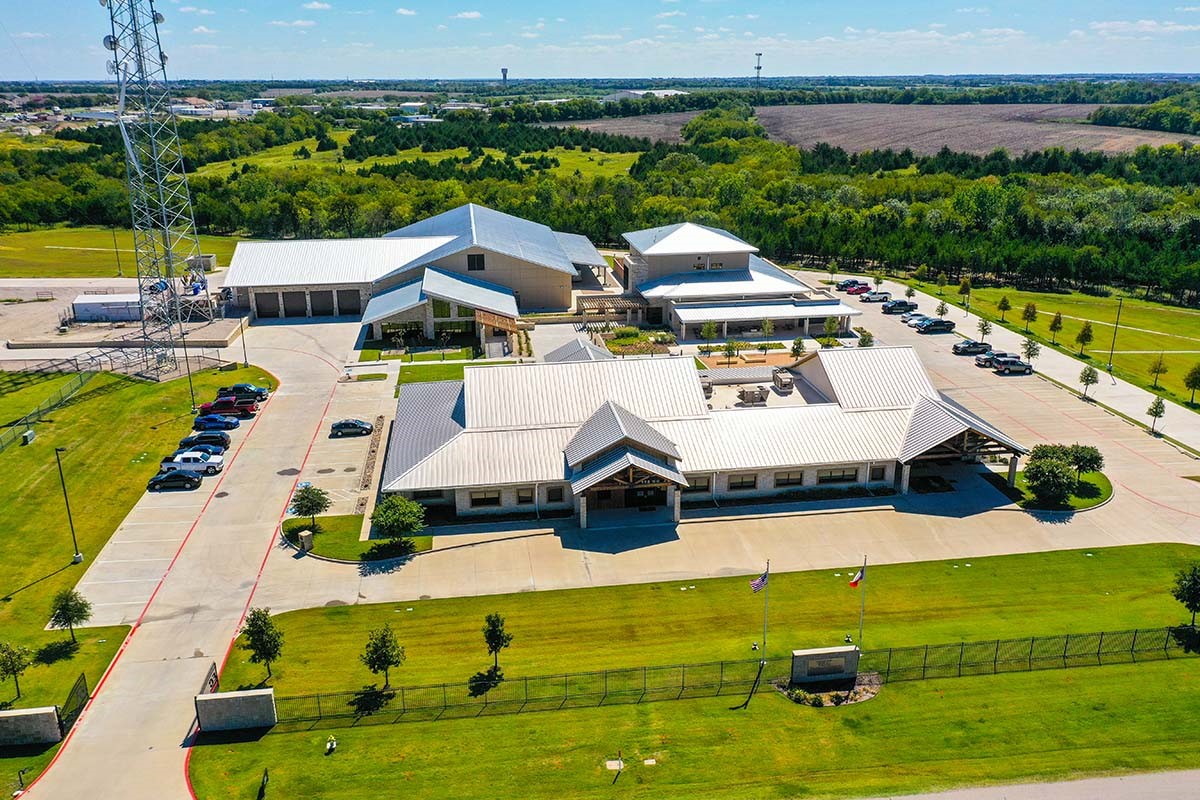WASHINGTON DC – The acquisition of a private-equity-owned combined cycle power plant is the latest step that Rayburn Electric Cooperative [EC]has taken to meet the current and future needs of more than 500,000 Texans in 16 counties northeast of Dallas.
The Rockwall, Texas-based generation and transmission cooperative [G&T]purchased the Panda Sherman Power Plant last month amid growing power supply needs at its four distribution coops.
“Three of our four members are among the fastest-growing distribution coops in the nation, and the fourth is growing at an annual rate of about 5 percent,” said David A. Naylor, Rayburn EC president and CEO.
The Rayburn Energy Station adds 758 megawatts of natural gas-based generation to Rayburn’s portfolio. The acquisition was completed in June, and the facility was rebranded to reflect the local G&T cooperative ownership.
“Rayburn Energy Station is a powerful and effective expansion of Rayburn’s energy portfolio,” Naylor said. “Our investment reflects our commitment to reliably and affordably meet the growing demand of our four member co-ops as we navigate the dynamic Texas energy market.”
The volatility of the state’s electric grid has been an ongoing concern for Texas-based G&Ts and their distribution coops, and the power crisis caused by Winter Storm Uri in 2021 marked a turning point for Rayburn.
“We incurred three years of power costs over a five-day stretch, and that shifted our thinking on how much we could rely on power market purchases,” said Naylor. “It made it essential that we focus on planning and operations that allow us to control our own destiny, particularly when uncertainty can impact costs at the expense of our coops’ members.”
The coop’s board commissioned a generation siting study examining the possibility of adding new peaking plants to help avoid similar incidents in the future. The coop added a power purchase contract for solar generation and investigated utility-scale battery storage but rejected that idea on economic grounds. Siting, design and construction of new peaking plants could have taken seven to 10 years, including regulatory approvals.
“We became aware that the private equity firm Panda was interested in selling the Sherman plant commissioned in 2014, and since we were already looking for physical assets to address our need for baseload dispatchable power, the acquisition made a lot of sense,” Naylor said.
The plant performed well during Winter Storm Uri as well as Winter Storm Elliott, which raised similar demand challenges in December 2022, said Naylor.
Rayburn’s elected directors see the acquisition as a major step toward transforming the coop from a “paper G&T,” primarily relying on purchase power, into an actual power supplier with excess capacity available for sale.
Since 2016, Rayburn has increased its staff from 20 full-time employees to 75. The acquisition of the Sherman plant more than doubles the amount of generation owned by the co-op.
“In seven years, we’ve gone from about US$ 300 million in total assets to US$ 600 million. Acquisition of the Sherman plant puts us at over US$ 1 billion,” said Naylor. “As a G&T, we are not focused on maintaining the status quo; we’re interested in improving our processes to pursuing options that meet our member coops’ future needs while adding value to our overall operations.”
https://thecooperator.news/us-electric-co-ops-plan-to-establish-rural-broadband-infrastructure/
Buy your copy of thecooperator magazine from one of our country-wide vending points or an e-copy on emag.thecooperator.news
